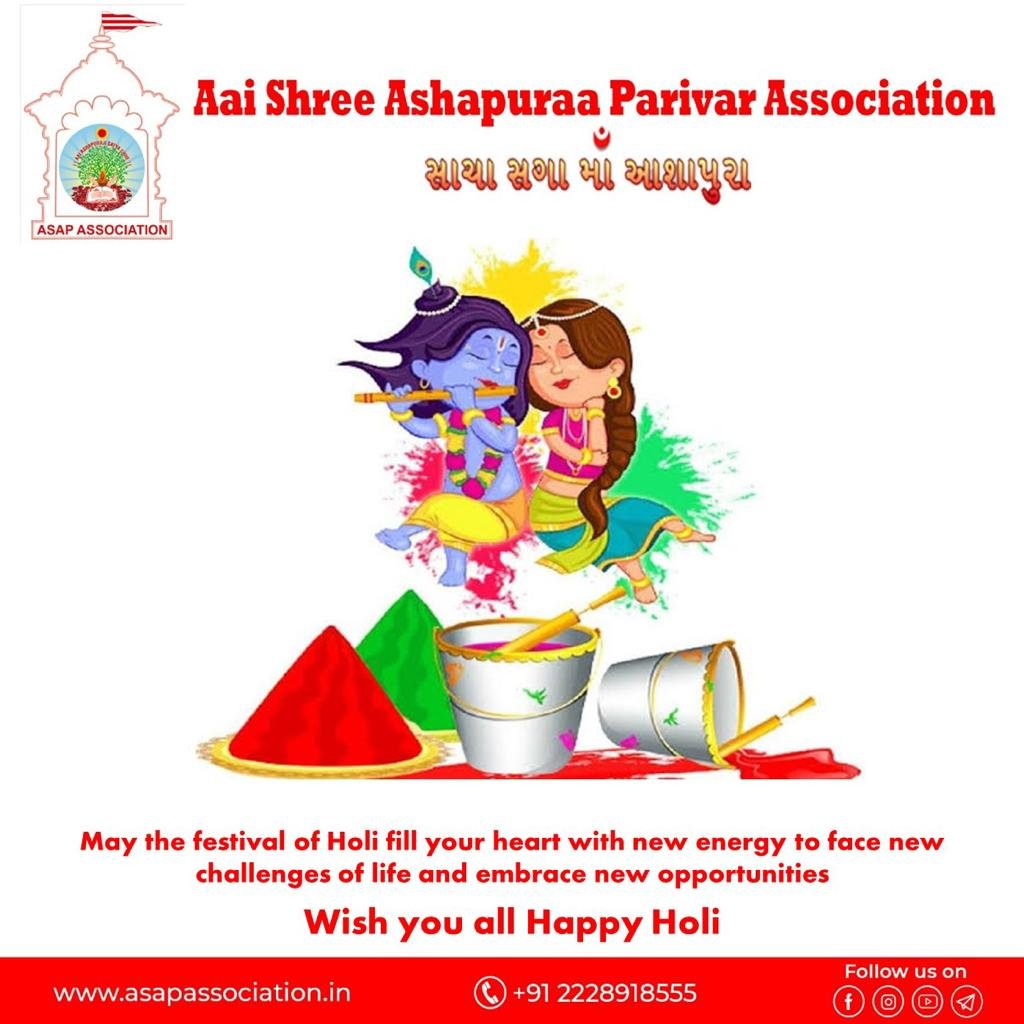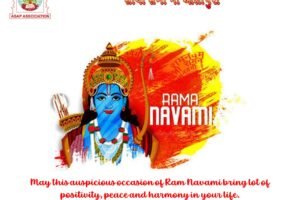
Holi – Festival of colours and Victory of good over evil
- Of all the Hindu festivals, Holi is one of the most ancient and vibrant festival celebrated in India. It is the festival to welcome the spring and harvest season by meeting and greeting one another, forgiving and forgetting the past, and starting new beginnings.
- Holi lasts for a night and day, it ensues on the evening of Poornima (full moon) which falls in the Hindu calendar month of Phalguna. This first evening is known as Holika Dahan (burning of demoness Holika) or Chhoti Holi. During Holika Dahan, people light bonfires mainly made up of cow dung (cow dung is considered as auspicious) and throw grains, coconut and chickpeas into it for roasting. This day signifies triumph of good over evil, the victory of Lord Vishnu as Narasimha Narayana over Hiranyakashyap. The story of demon king Hiranyakashyap and his son Prahlad is one of the famous legends surrounding Holi. The ruthless Hiranyakashyap wanted his subjects to worship him as the God but his son, being an ardent devotee of Lord Vishnu refused to follow his orders. The proud king decided to punish Prahlad’s misdemeanor by ordering him to sit on a burning pyre with his aunt Holika. It was a conspiracy to kill Prahlad and a test of his devotion since Holika had a boon. Hirankashyap’s sister possessed a special cloak that provided her protection against fire. However, when she entered into the fire wrapped in the cloak, with Prahlad sitting in her lap, the wind blew away the cloak that landed on her nephew. Thus, Prahlad survived because of his faith and devotion for Lord Vishnu, whereas Holika burned to ashes.
- The next day is celebrated as Rangwali Holi or Dhuleti where people smear each other with colours. It celebrates the eternal divine love of Radha Krishna. It is believed that when Lord Krishna was young, he often complained about his dark complexion to his Mother Yashoda and mused why Radha was so fair. One day, his mother playfully suggested Krishna that he can smear colour on Radha’s face and change to which ever colour he wants. Krishna happily accepted this idea and smeared colours on beloved Radha’s face, making her look like himself and thereby introducing this festival of Holi/Dhuleti.
Festival in Braj :
In north India, the region around Mathura called Braj, the festivities last more than a week. The rituals go beyond playing with colours, and include a day where men go around with shields and women have the right to playfully beat them on their shields with sticks. It is known as Latthmaar Holi, traditionally celebrated in the Barsana village. Barsana is the village of Radha and women assume the role of gopikas (Radha’s friends) and men as gopas (Krishna’s friends).
Why Do We Play Colours On Holi?
The bright and playful colours of Holi have the following meaning:
Yellow — Hope
Orange — Happiness
Red — Love
Pink — Positivity
Green — Abundance
Blue — Harmony
Purple — Success
White — Good Health
Black — Power
Silver — Peace
Gold — Wealth



